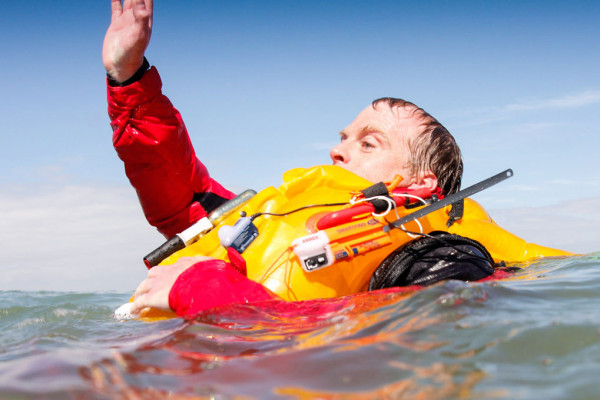No matter how small, discrete and comfortable, lifejackets often languish below in the wetlocker. Of course, the hope is that they may never be used (or put to the test) in anger, but as an item of last resort, we should really check them regularly.
Lifejackets come in various forms, from the classic, orange sumo-vest and serious, ocean-going automatic lifejackets with built-in harnesses to the latest slimline deckvests.
Saltwater and damp create a harsh environment and are tough on gear; metal components seize, materials perish. We have tested older lifejackets and harnesses to find lifejackets that fail to inflate and the stitching on webbing come away and the harness fail. Even those classic orange lifejackets are not immune; so often the seams have come apart exposing the internal floatation foam.
Indeed, recent RNLI lifejacket clinics have found that in excess of 30% of lifejackets brought in for inspection would not have worked in an emergency.
How to check your lifejacket
The Maritime and Coastguard Agency has published extensive advice on lifesaving appliance servicing requirements in Marine Guidance Note [MGN499].
Whilst this is primarily aimed at commercial vessels, it does reinforce that inflatable lifejackets on small commercial vessels, including training & charter boats, should be serviced at a service station accredited by the manufacturer.
The majority of lifejacket manufacturers recommend that their lifejackets are serviced annually by an approved service station. Some extend this to two years for lifejackets on private craft.
There are numerous components in a modern lifejacket, from the obvious bladder and inflation mechanism, to spray hoods, lights, harnesses and reflective materials.
One easy and regular check you can make throughout the season is simply a visual inspection, looking for signs of damage to the bladder cover, webbing straps, stitching, clips and buckles.
Inflating lifejackets will operate using one of three different mechanisms: manual, automatic and hydrostatic.
Automatic and hydrostatic mechanisms are generally activated when a water sensitive element dissolves to release a spring that punctures the gas CO2 cylinder. Hydrostatic mechanisms, such as the Hammar, will protect the water sensitive capsule until the mechanism is approximately 10cm underwater. Manually inflated lifejackets are operated by pulling a cord which levers a firing pin into the CO2 bottle, inflating the lifejacket.
Manufacturers have improved the design of the automatic mechanisms to reduce the risk of accidental triggering in wet conditions. One of our team at Captain Watts recalls being rudely awakened from a very wet off-watch nap in the late '90s when his automatic lifejacket suddenly inflated, ejecting him from the relative comfort of his lee bunk.
There are various types of automatic and hydrostatic inflator mechanisms, each will have an expiry or replace-by date. So be sure to check yours!
Another simple check is to ensure that CO2 gas cylinder is snugly screwed into the mechanism and has not come loose. Some manufacturers have incorporated indicators into their lifejackets to show the state of the cylinder and trigger mechanism. Also look for any signs of corrosion. A heavily corroded cylinder should be replaced, not least because we’ve seen the rough corrosion abrade and cause damage to the fabric of the bladder.
Any lights in your lifejacket will need to be checked and replaced according to the dates printed on them, as batteries do not last indefinitely.
Lastly, be sure that your lifejacket still fits you, and in particular your growing children - we’ve written a great guide to choosing a lifejacket for your child. And don’t forget to check the dates on your rearming kits!






